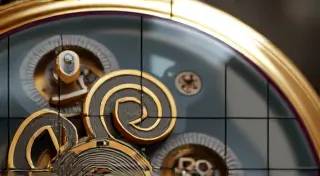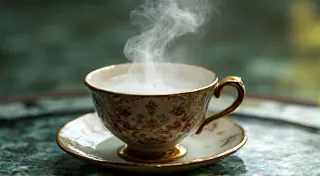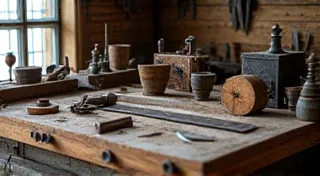Chromatic Ghosts: The Echoes of Forgotten Polkas
The scent of aged leather and brass. The weight of history pressing into your hands. Holding an antique chromatic accordion isn’t simply about possessing an instrument; it’s about cradling a portal to another time, a repository of memories woven into bellows and keys. These weren’t merely tools for creating music; they were vital threads in the fabric of immigrant communities, vessels carrying the joys, sorrows, and enduring spirit of generations. They are, in a very real sense, chromatic ghosts.
My first encounter with an antique accordion wasn's in a showroom or a collector's estate. It was in my grandfather's attic, shrouded in dust and smelling faintly of mothballs. He’s a Polish immigrant, arriving in America after the Second World War. He rarely spoke of his life before, the losses, the upheaval. But when I coaxed a hesitant melody from that battered Hohner Marine Band, a sliver of his past cracked open. The music wasn’t polished or technically perfect, but it was infused with a raw emotion I’d never heard before—a longing for a homeland, a resilience born of hardship, and a defiant joy in simply being alive.
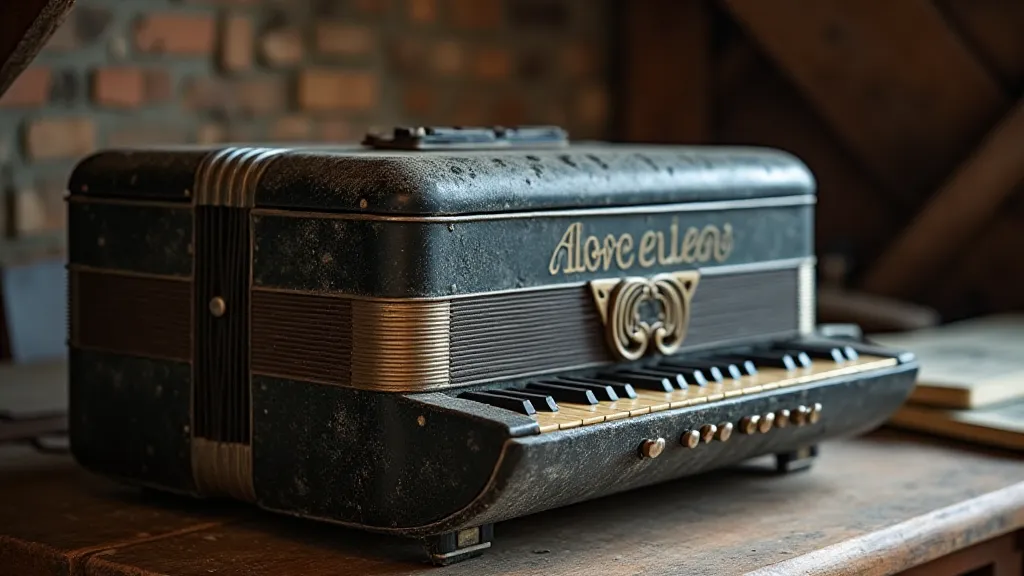
The Rise of the Chromatic: A European Diaspora
The chromatic accordion, distinct from its diatonic cousin, offered a wider range of notes and greater harmonic possibilities. Its widespread adoption wasn't accidental. The late 19th and early 20th centuries witnessed a massive wave of European immigration to North America, fueled by poverty, political unrest, and the promise of a better life. Immigrants from Poland, Germany, Italy, Austria, Hungary, and beyond brought with them their musical traditions, and the chromatic accordion became an ideal instrument to carry those traditions across the ocean.
Imagine bustling dance halls in Chicago’s Polish Village, or German beer gardens in Cincinnati, echoing with the sounds of lively polkas, waltzes, and marches. The accordion, particularly the chromatic variety, was the soundtrack to these communities, fostering a sense of belonging and continuity in unfamiliar surroundings. These weren’s mere celebrations; they were lifelines, allowing immigrants to maintain their cultural identity and share their heritage with their children. The music provided solace in a world that often felt harsh and isolating.
Craftsmanship and Legacy: The Hohner and Melodica Empires
The rise of the chromatic accordion is inextricably linked to the pioneering work of companies like Hohner and Melodica. Hohner, founded in 1852 in Trossingen, Germany, quickly established itself as a global leader in free-reed instruments, employing incredibly skilled craftsmen. The detail and precision of a vintage Hohner accordion are astonishing—the intricate reed blocks, the painstakingly engraved buttons and keys, the robust yet flexible bellows. These weren’t mass-produced items; they were handcrafted works of art.
Melodica, another significant German manufacturer, competed fiercely with Hohner, pushing the boundaries of accordion design and innovation. Both companies employed legions of artisans, many of whom emigrated to the United States, bringing their expertise and further fueling the accordion’s popularity within American immigrant communities.
The quality of materials mattered too. Bellows made from carefully selected leather, reeds crafted from seasoned steel, and keys made of durable celluloid or ivory – these details contributed to the instrument’s longevity and tonal richness. The care taken in these details speaks volumes about the respect the makers had for their craft and the value they placed on creating instruments that would last for generations.
A Fading Sound: Disappearing Traditions
The vibrant accordion culture of the early 20th century began to wane in the latter half of the century. The rise of popular music, the assimilation of immigrant communities, and the changing tastes of younger generations all contributed to the decline. The generational transmission of musical traditions faltered. Children, eager to embrace American culture, often abandoned the accordion in favor of more contemporary instruments.
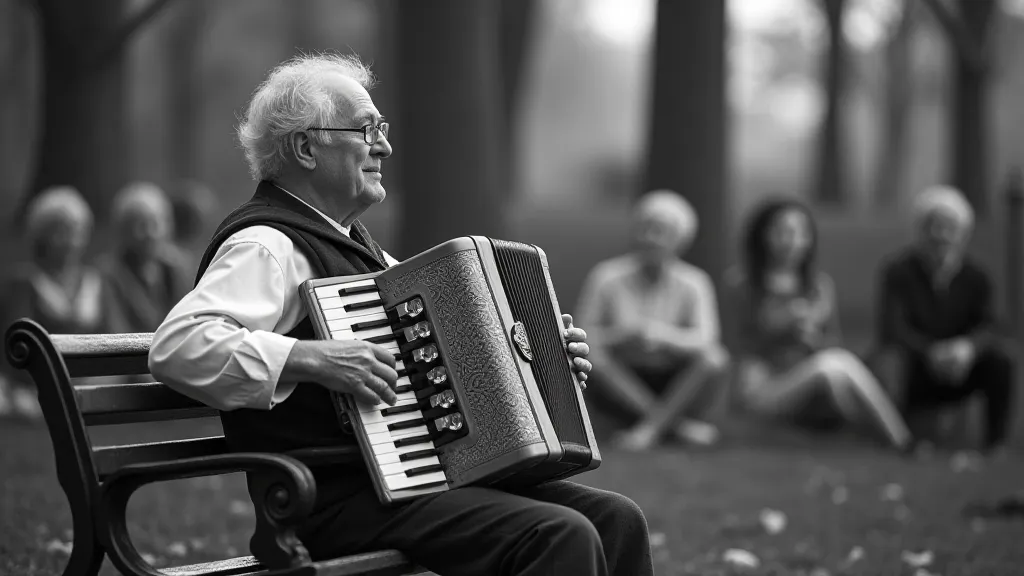
Today, the sounds of vintage chromatic accordions are increasingly rare, relegated to festivals celebrating heritage, or the private collections of dedicated enthusiasts. Yet, the music endures, carried on through recordings, transcriptions, and the passionate efforts of those committed to preserving these fading traditions.
Restoration and Remembrance: Breathing Life Back into History
Restoring an antique accordion isn’t simply about repairing a broken instrument; it’s about rescuing a piece of history, reconnecting with a lost culture, and honoring the hands that built it. It requires a delicate touch, a deep understanding of the instrument’s mechanics, and a genuine appreciation for its inherent value.
Often, these accordions bear the marks of decades of use – cracked bellows, leaky reeds, worn keys. But beneath the wear and tear lies a potential for beauty and sound. The process of restoration can be challenging, requiring patience, skill, and access to specialized parts. However, the reward—hearing a vintage accordion sing again, echoing with the sounds of a bygone era—is immeasurable.
Even seemingly minor restoration work, like replacing a few worn buttons or cleaning the reed blocks, can significantly impact the instrument's playability and tone. The act of carefully examining these details—the patina on the keys, the subtle engravings on the bellows—provides a tangible connection to the past, allowing you to imagine the hands that crafted the instrument and the music it played.
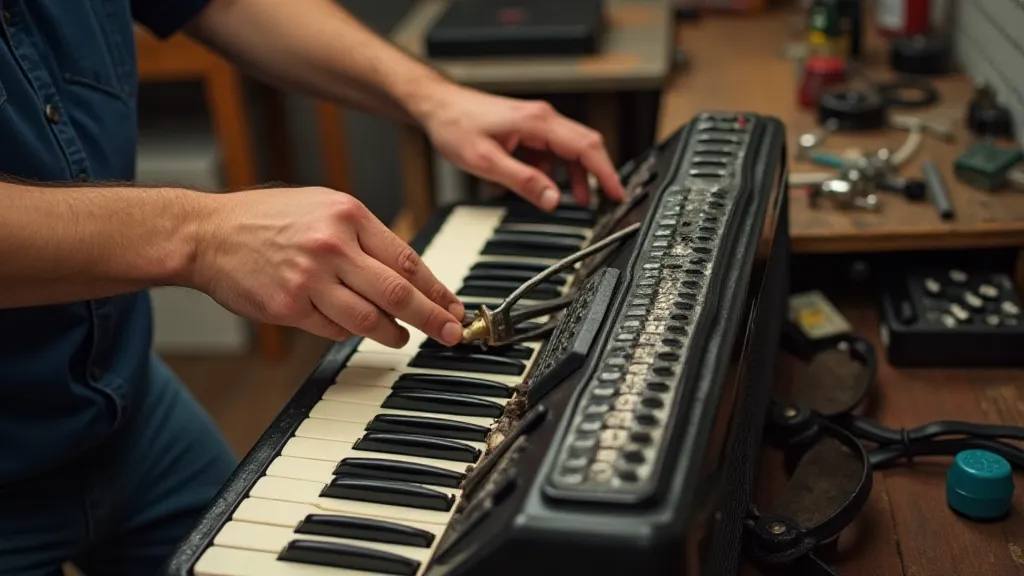
Collecting & Beyond: More Than Just an Instrument
Collecting antique chromatic accordions isn’t about accumulating objects; it's about curating a history, safeguarding a legacy. The value of a vintage accordion isn’t solely determined by its rarity or condition but also by its story – the community it served, the music it played, and the people whose lives it touched.
Each instrument tells a story—a story of immigration, adaptation, and the enduring power of music. When you hold a vintage accordion, you aren’t just holding an instrument; you’re holding a piece of that story, a tangible link to a past that deserves to be remembered and celebrated. The echoes of forgotten polkas, and the laughter of generations, linger within their aged bodies—a testament to the power of music to transcend borders and connect us to our shared humanity.
